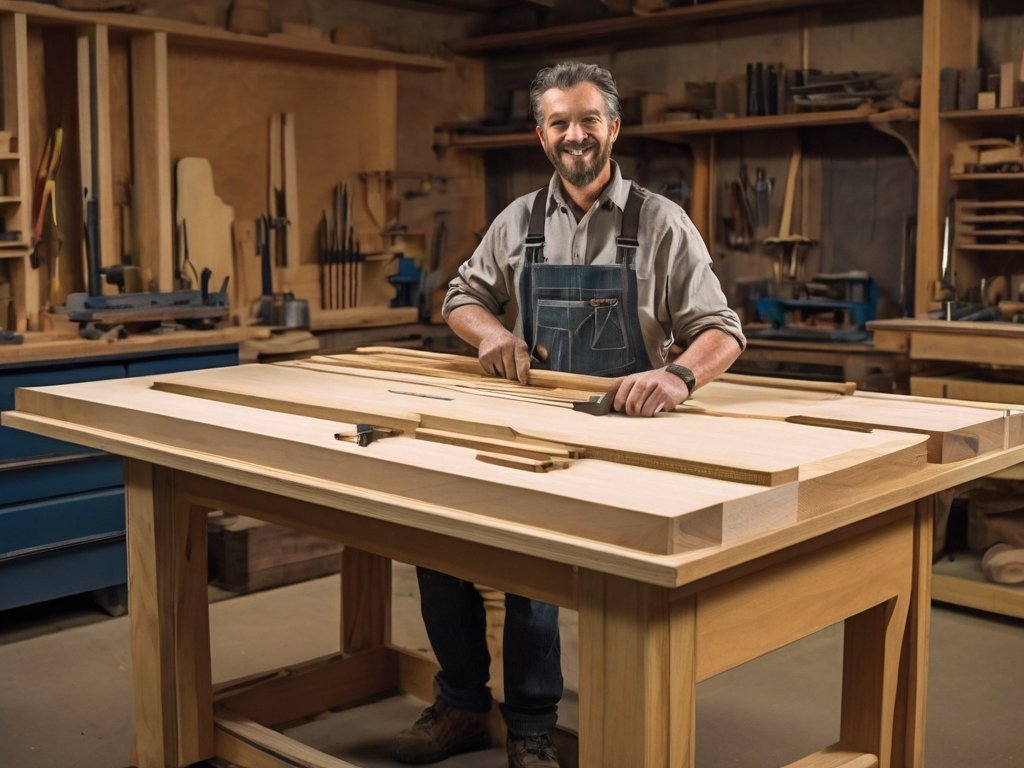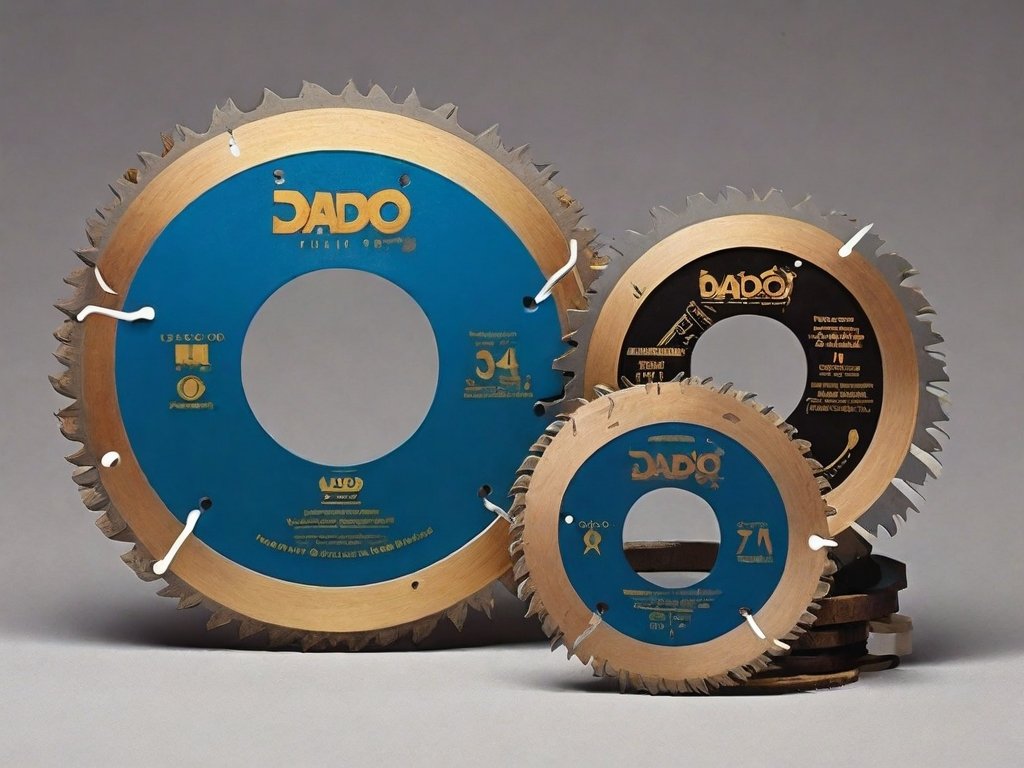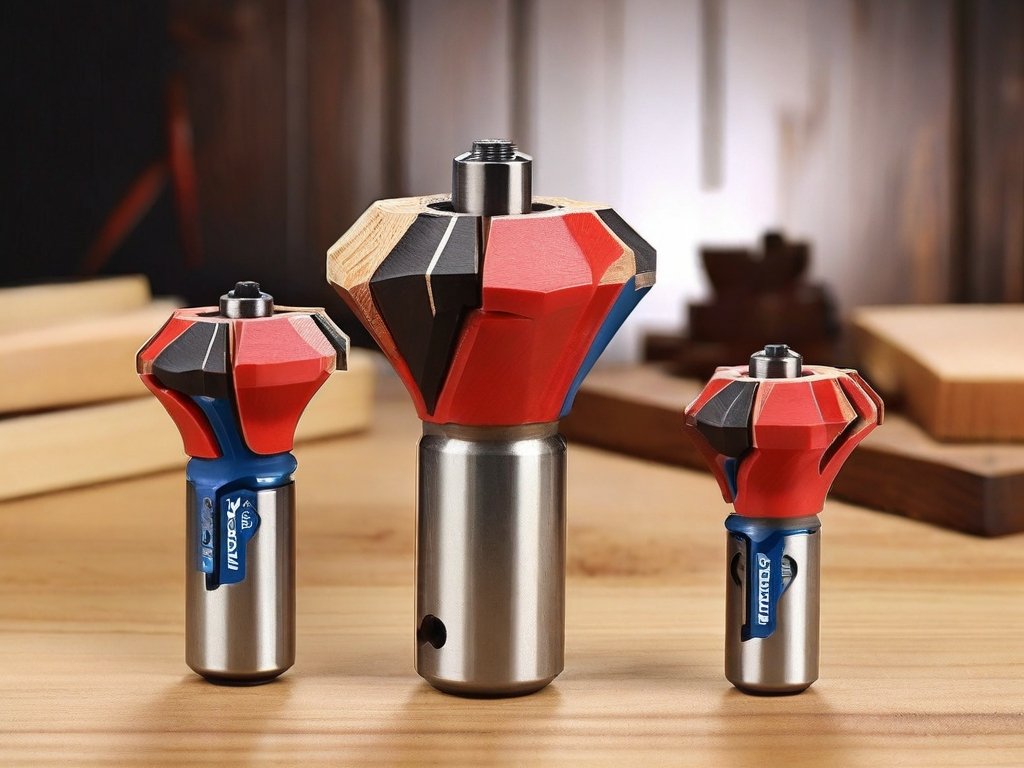Mastering Hybrid Woodworking: Blending Tradition and Innovation for Exceptional Results
In the world of woodworking, a captivating trend is emerging: hybrid woodworking. This innovative approach combines traditional hand tool techniques with modern power tools and machinery, allowing woodworkers to achieve the best of both worlds. In this comprehensive guide, we’ll delve into the art of hybrid woodworking, exploring its techniques, benefits, and tips for success.
Understanding Hybrid Woodworking: Hybrid woodworking involves combining traditional hand tool techniques, such as hand sawing, chiseling, and hand planing, with modern power tools like table saws, routers, and jointers. By leveraging the precision and efficiency of power tools alongside the craftsmanship and control of hand tools, woodworkers can achieve superior results with greater speed and accuracy. Hybrid woodworking allows for a seamless integration of old and new, resulting in finely crafted pieces that showcase the best of both worlds.
Benefits of Hybrid Woodworking: One of the key benefits of hybrid woodworking is its versatility and flexibility. Woodworkers have the freedom to choose the best tool for each task, whether it’s using a hand plane to refine surfaces or a table saw to cut precise joinery. This versatility allows for greater creativity and experimentation in woodworking projects, enabling woodworkers to tackle a wide range of designs and challenges with confidence.
Additionally, hybrid woodworking offers efficiency without sacrificing quality. While traditional hand tool methods require skill and patience, modern power tools can expedite certain tasks without compromising precision. By strategically combining hand tools and power tools, woodworkers can streamline their workflow, save time, and achieve consistently high-quality results.
Techniques for Hybrid Woodworking Success: To excel in hybrid woodworking, woodworkers must master a range of techniques that leverage both hand tools and power tools effectively. For example, when dimensioning lumber, woodworkers can use a jointer and planer to achieve flat and square stock quickly, then refine the surfaces with hand planes for a polished finish. Similarly, when cutting joinery, woodworkers can use power tools like routers or table saws to create precise cuts, then fine-tune the fit with chisels or hand saws for a perfect fit. Read more about the latest woodworking tech tools of 2024 here.
It’s essential for woodworkers to understand the strengths and limitations of each tool and technique and to develop a workflow that maximizes efficiency and accuracy. Experimentation, practice, and ongoing learning are key to honing hybrid woodworking skills and achieving mastery in the craft.
Hybrid woodworking represents a harmonious fusion of tradition and innovation, offering woodworkers the best of both worlds. By combining traditional hand tool techniques with modern power tools and machinery, woodworkers can achieve exceptional results with efficiency and precision. Whether you’re a seasoned woodworker looking to expand your skill set or a beginner eager to explore the possibilities of hybrid woodworking, embracing this versatile approach opens up a world of creative opportunities and possibilities in the craft.




Post Comment